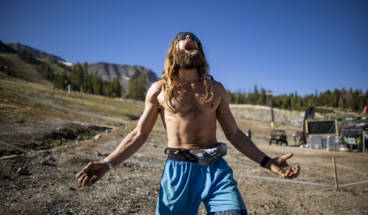
Key stability exercises for OCR athletes to avoid overloading and imbalances
Is there anything harder than getting OCR athletes to train for running? Well…yes. Getting anyone who runs to properly strengthen the key areas needed for efficient running. Supplementary work…
Many people love running for its simplicity and accessibility. Aside from a good pair of trainers, there is little else you need to practice, but we need to make sure we cover all bases and don’t make it too simple. Running isn’t just about pounding the pavement. To be an efficient runner you need to perform additional exercises, to strengthen and stabilize the whole body.
Why is it important to perform stability and strengthening exercises regularly as part of your training program? These exercises improve overall stability and balance and help you use the correct muscles when running, avoiding imbalances, and overloading, reducing the risk of injury and improving running efficiency.
Luckily, we’re here to show you how simple it can be, and why you need to incorporate the essential strengthening exercises to avoid overloading and improve overall running ability.
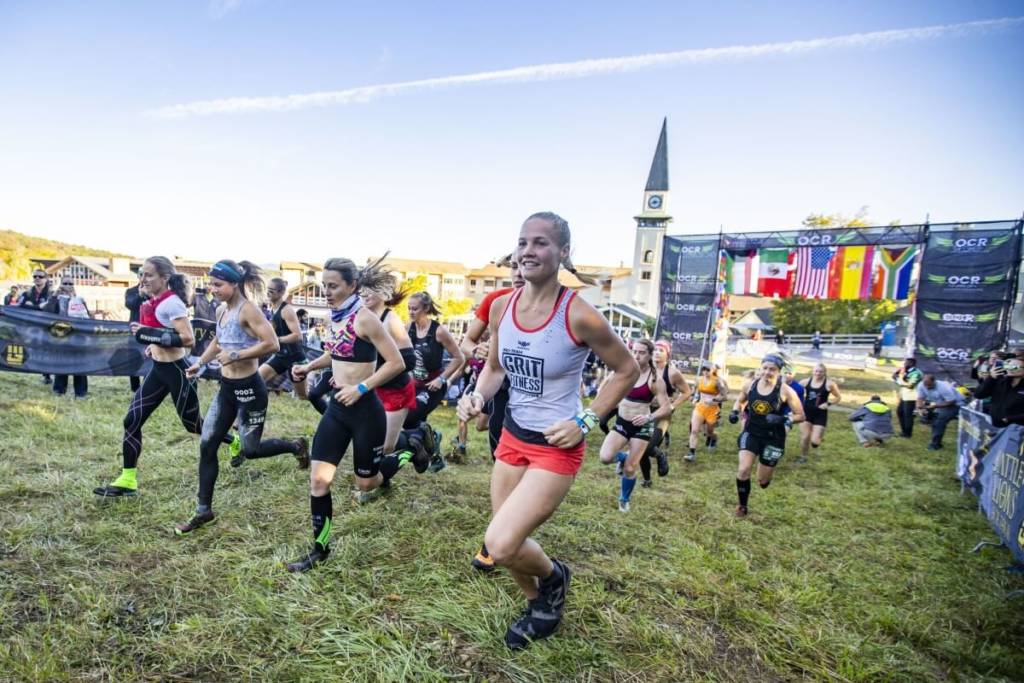
Why are stability exercises important for runners?
Running is a high-impact activity that puts a lot of stress on the body. The repetitive nature of running, as well as personal physical peculiarities, can lead to muscle imbalances, which can increase the risk of injury.
Stability exercises help to target the muscles that help to stabilize the body during running, including those of the core, hips, glutes, and legs. By strengthening these muscles, runners can improve their overall stability and balance, and prevent overloading which can help to reduce the risk of injury.
There’s the added bonus that these exercises can actually help make you a better runner by improving control and power in your core and lower body; less pain, better performance… win-win.
What stability exercises should runners be doing?
There are many different stability exercises that runners can do, but some of the most effective exercises include:
- Single-leg squats
- Single-leg deadlifts
- Lunges
- Step-ups
- Planks
- Side planks
- Clamshells
- Bridging exercises
- Balance exercises
- Glute bridge
Think of it as working from the ground up. You need strong ankles to a strong core, all working efficiently to perform at your optimum.
For example, a weak core can result in an overly arched back, where the core muscles are lengthened, the back shortened, not engaging the glutes properly, and overloading the hip flexors. This results in multiple pain points, as well as inefficient running methods.
This can lead to poor form and an increased risk of injury. By strengthening the glutes and stretching the hip flexors, runners can help to correct these imbalances and maintain proper form while running.

How often should runners be doing stability exercises?
The frequency at which stability exercises should be done depends on your personal fitness level, goals, and current training schedule. For OCR athletes, stability exercises should be incorporated into a regular strength training routine.
This can be done by doing a full-body workout 2-3 times a week, with one day dedicated to lower-body exercises. Don’t forget that rest and recovery are just as important as the actual training. So it’s vital to not overdo it and to allow time for the muscles to rest and recover.
When we talk about strengthening exercises, we don’t mean heavy squats and a full-on leg day, we are talking about controlled muscle movements, focussing on engaging muscles correctly.
Stability exercises are an essential part of a runner’s training program. These exercises help to improve overall stability and balance, reduce the risk of injury, and improve running efficiency. By incorporating exercises such as single-leg squats, lunges, planks, and bridges into your training, you can help to improve your overall performance, reduce your risk of injury, and take your running to the next level.
Examples of exercises
The majority of these exercises can be done with no equipment, any additional equipment you choose to add should not be overly cumbersome.
Too often people say; “you can do this while waiting for the kettle to boil” as if additional work is no bother. Do not think of it like that. Schedule it so that you commit to it, be consistent, and you will reap the rewards.
Balance, feet, and proprioception
Often overlooked, balance and ankle strength are essential for efficient running. You can start simple with this one and practice balancing on one leg. Upgrade to raising up to the ball of your foot and balancing, ensuring while doing so that you are engaging your legs and core.
To take this up a notch, use a half-balance ball to practice standing on one foot on an unstable surface. This is tricky but worth it, and will work more than just your balance and feet.
You can also use resistance bands while seated to create resistance to push against with the ball of your foot. The muscles that control your feet and ankles are key for trail running and need to be strong. Also practice going sideways and inwards. Finally, on the feet, try engaging all the muscles, you’ll see your feet almost shrink, but it gives them all a chance to get working. Don’t forget, most OCR is run on uneven ground, flexible and strong ankles are keys to sucess when travelling over grass, trail, and mountainous terrain.
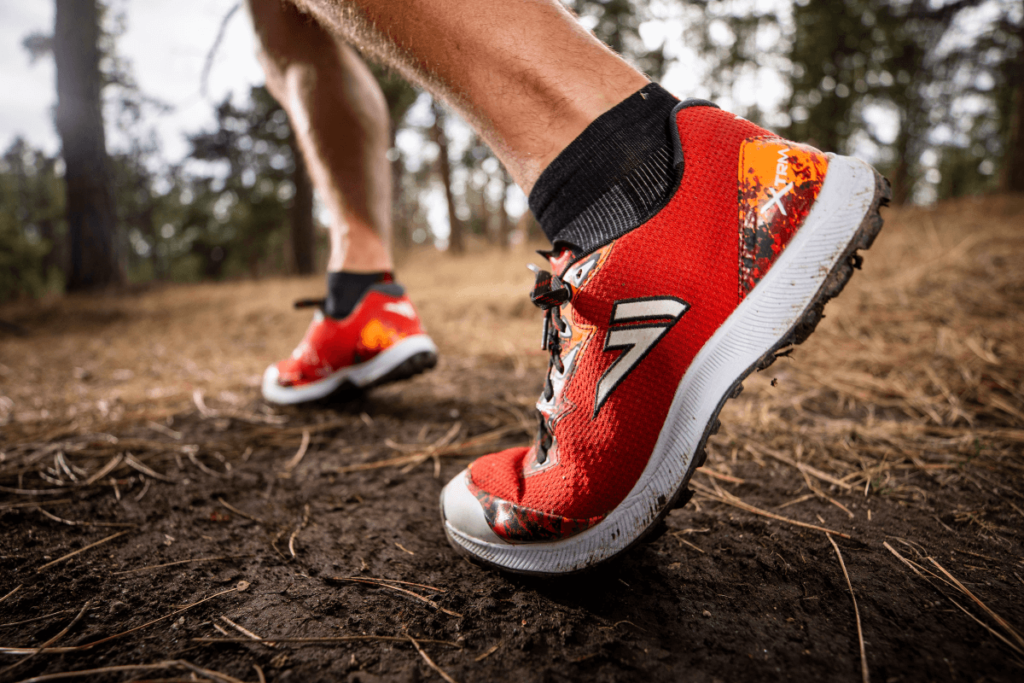
Balance exercises are essential because they help to improve overall stability and reduce the risk of injury. When running, the body is in a constant state of motion, and having good balance allows for better control and more efficient movement. Additionally, balance exercises can help to strengthen the muscles used in running, such as the core and leg muscles, which can improve running performance.
Hamstrings & Knees
Hamstrings play a key role in the movement of the lower leg during running. They are responsible for helping to extend the hip and flex the knee, which is necessary for propelling the body forward during running.
Many runners are quad dominant, and if we’re learing anything, it’s that we need all muscles to be firing correctly for string and effificient running. Weak hamstrings can lead to imbalances in muscle strength and flexibility, which can lead to issues such as knee pain and lower back pain. Additionally, strong hamstrings can help prevent muscle strains and pulls, which can occur during running.
Pistol squats (squatting to depth on one leg) are devilishly tricky but a wonderful exercise for the hammies, amongst other things. They help stabilize the knee and also work as a hip extensor, as well as work on balance and coordination.
Whilst these may be tricky to start off with, work on them as a progression. If you can’t make it all the way down and up, use a chair or a box, and gradually work lower.
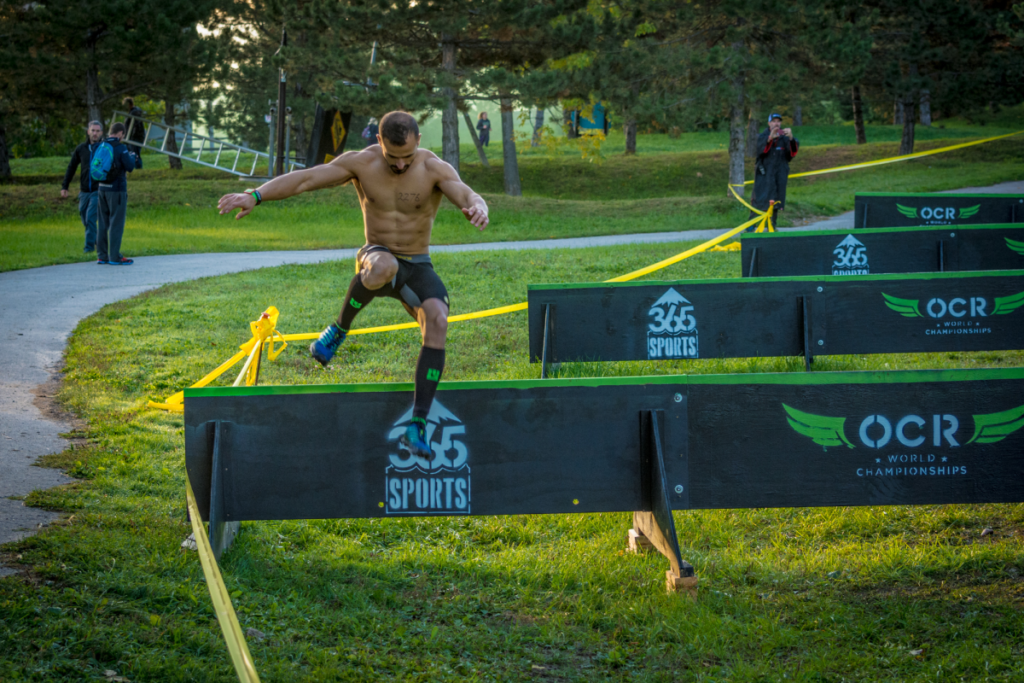
Glutes, Hips, & Core
A bridging exercise is a type of exercise that targets the muscles of the glutes, hips, and lower back.
Lie flat on your back with your knees bent and your feet flat on the floor. Lift your hips off the floor, creating a bridge shape with your body. Make sure you contract the glutes and lower back. You can also add in additional weight, such as a barbell or dumbbell, placed over your lower belly as you rise, to increase the difficulty level.
There are different variations of the exercise, such as a single-leg bridge, where one knee is bent, and the other leg is extended. Swiss ball bridge where you put the feet on a swiss ball instead of the floor (you could also use your half ball here), each variation targets different muscle groups.
Clamshell exercises primarily work the glutues medius which helps stabilize the pelvis, and are a great exercise to help with IT band issues and knee pain.
To perform these, lay on your side with one knee resting on top of the other. Bring your knees closer to your stomach so they are at an angle, and with control, raise and lower the top leg 3-4 inches as if you are literally opening and closing a clamshell.
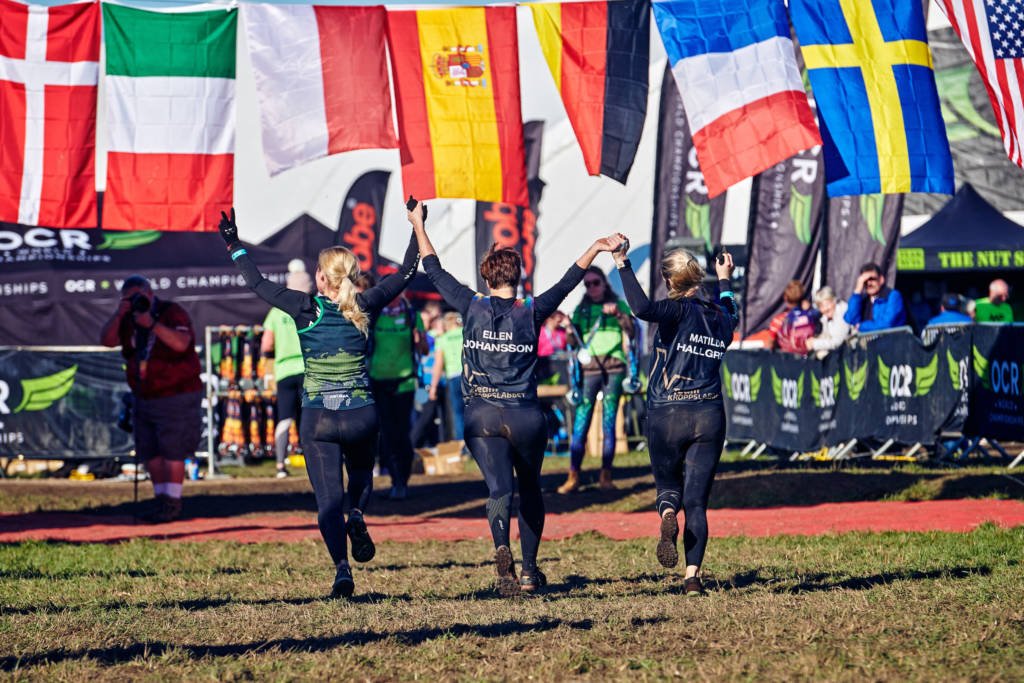
All of these exercises should be performed slowly and controlled. This isn’t a WOD for time, they are key exercises to improve strength and stability for running, and so control and patience are key to success. As with any exercises or training, always consult a professional if any pain occurs, and be aware of your own bodies capabilities before embarking on a training plan.
With time and consistency, these exercises will pay off and you will see and feel the differences in your running.



